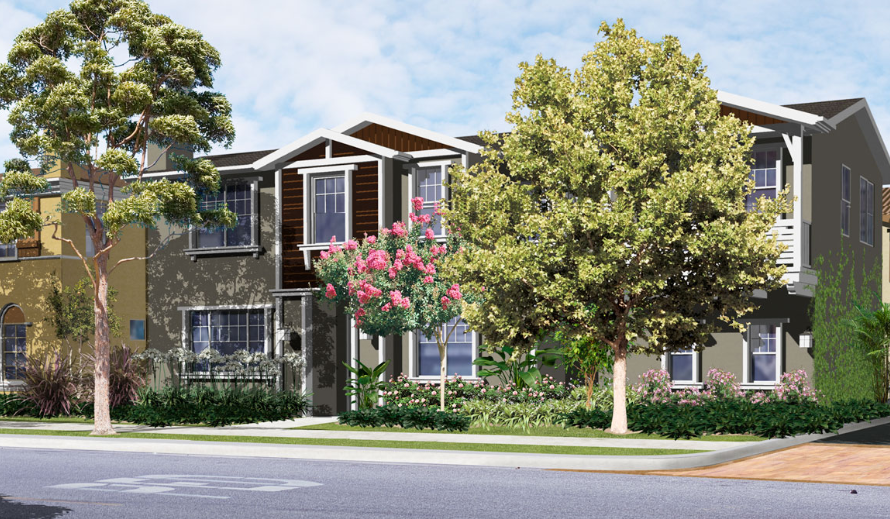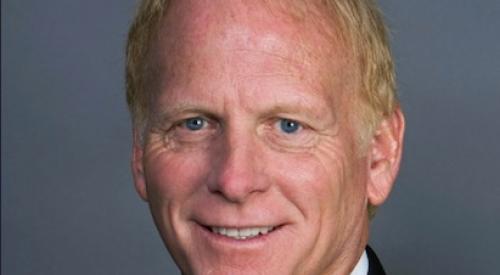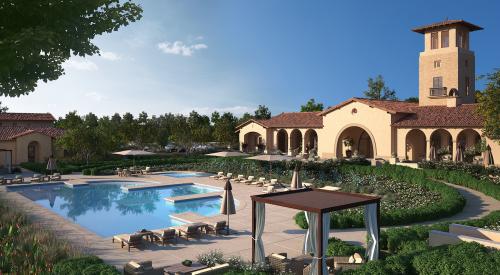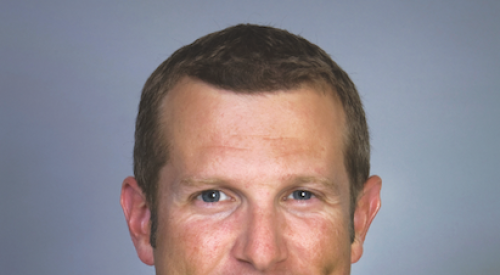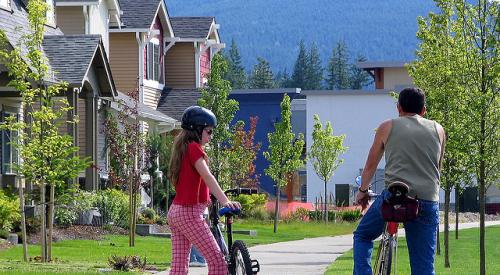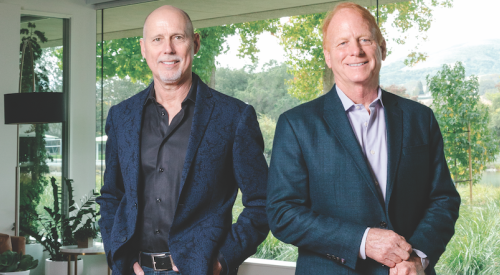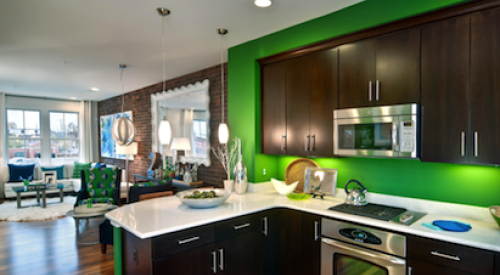Brandywine Homes dubs itself the “little big builder and developer” because it focuses on dominating a particular home building niche—infill neighborhoods—in a Southern California market where there is no shortage of competition from nationals with a preference for giant master planned communities. The family-owned company, founded in 1994, has been expanding recently from its core Orange County territory into greater Los Angeles and north San Diego. Growth projections called for doubling annual home deliveries to about 100 homes in 2015 and to 200 this year. Brandywine currently has eight communities under construction.
Q: Is the well of abandoned and failed properties still providing sufficient infill opportunities or is that source of lots showing signs of diminishing?
A: I don’t see that diminishing anytime soon. If anything, there are more brokers out there finding these properties than there ever have been before, and because it’s a growth part of this business, we get more opportunities coming across our desk on a weekly basis than we ever have. Abandoned and failed home products are very little of what we see. More than anything, we’re seeing changes of use; an old strip mall, an old church property, neighborhood school, or something that really didn’t end up making it, so those properties are being repurposed and rezoned as residential.
Q: Are you finding that there is more competition looking at those opportunities?
A: Absolutely, and that’s cyclical as well. Back in ’05 and ’06 there were tons of builders in the infill markets, and as the economy changed in ’07 and ’08, everyone retreated from it except for those of us who do that as our core business. But certainly the market is getting more competitive.
Q: How difficult is it to get those properties rezoned in Southern California?
A: It’s difficult. I think that during the downturn when there were not a whole lot of people doing what we do, regulatory agencies and local governments took that time to increase the bureaucracy. So instead of processing plans, they came up with new laws and restrictions. It’s gotten significantly more difficult to rezone, to get land entitled. What used to take us six months now typically takes us 12 to 18 months.
Q: What are the advantages and challenges of infill building?
A: The challenges have pretty much remained the same. The No.1 challenge is that it has gotten more difficult to entitle. Another challenge with infill is that you’re building in an area that’s already built out. So you’re dealing with neighbors who have been there for 30 years who don’t want your construction in their neighborhood. You’re also dealing with existing utilities, so you’re not starting from scratch. Also, some of the projects may be dealing with an acre of land, and you’re putting 10 to 15 houses on it. The logistics of construction on a site that small are very challenging because you might have 100 guys working on that site. Where do they park without upsetting the neighbors? Those challenges haven’t changed; we’ve seen those since day one. The advantages are that no matter what location you’re looking at there are always people who want to live in a certain neighborhood. We give people a new-home alternative in an area that will never see new homes again just because there is no land available. For people who grew up in Buena Park, where Knott’s Berry Farm is, if you want to live in Buena Park, there are no new homes there because it’s been built out since the 1950s and ’60s. What we provide is repurposed land; we give people a new-home alternative in a neighborhood that they really want to live in instead of moving out to the suburbs to the big master plans. There’s limited competition in the areas where we build.
Q: One can assume that Millennials are interested in urban locations, but are you seeing interest from other buyer groups?
A: It depends on the product type. We are building in urban infill locations with three-story townhomes, and we’ll sell to Millennials all day long with product because they don’t mind walking up and down steps, but you’re rarely going to get a move-down empty nester moving into a three-story townhome with all those steps. It’s very product-based, and we’re not building any at the moment, but I have seen a movement in the urban areas with product aiming for a more mature home buyer who doesn’t want to take care of a big yard and does want to be able to walk to dinner. That will be a much larger portion of the market over the next ten years as the Baby Boomers continue to age. I’ve been setting up meetings with various local market research companies just to bring in people and start talking about that. Where is that buyer profile going? Where do they want to live exactly? What kind of amenities do they want? All of those things.
Q: What do you see happening with new home inventory in SoCal and Orange County?
A: Right now it’s pretty flat. The inventory increased dramatically over the past few years but this year, 2015, it’s remained pretty steady with buyers versus new home starts. So I don’t see the new home inventory increasing drastically. I think next year, the inventory might get a little larger. We’re seeing job growth in Orange and LA counties so I think we’re still in the right market cycle for that but I don’t see a glut of inventory; it’s pretty stable.
